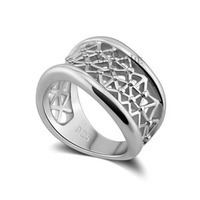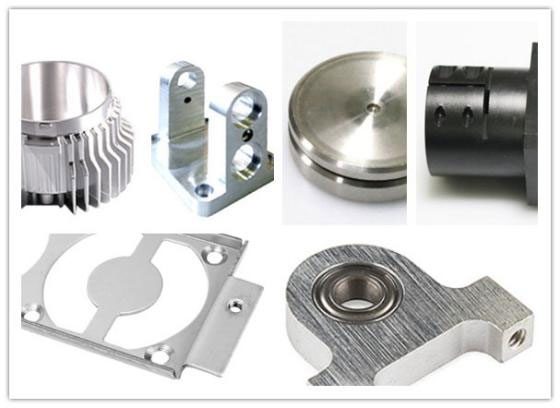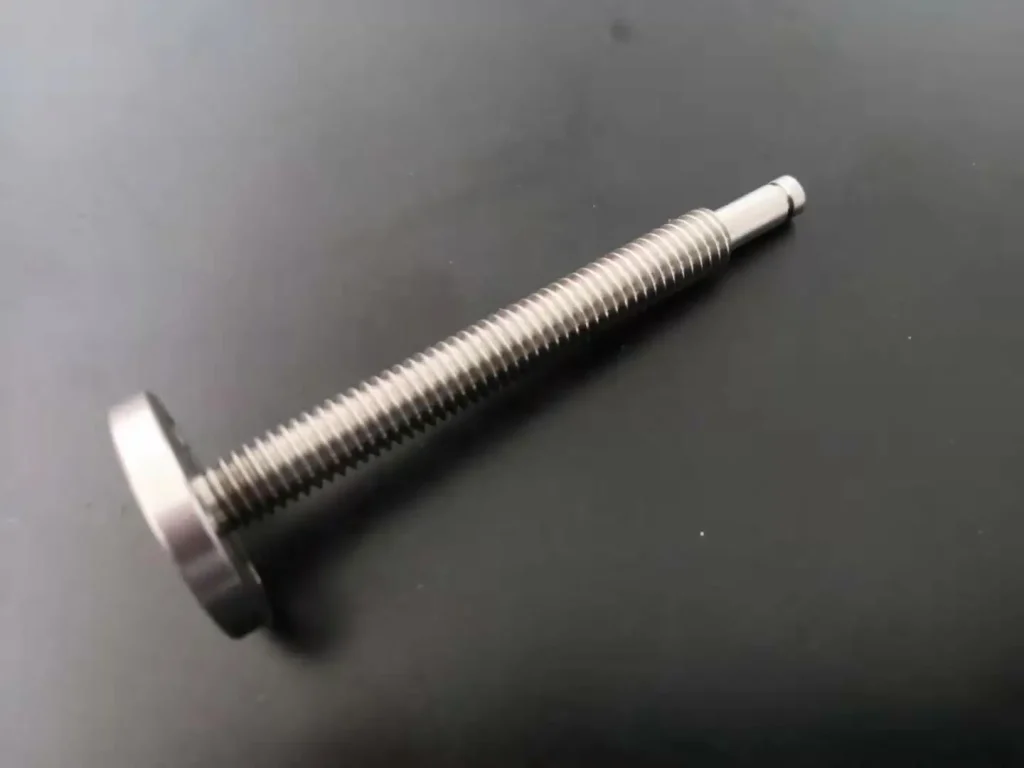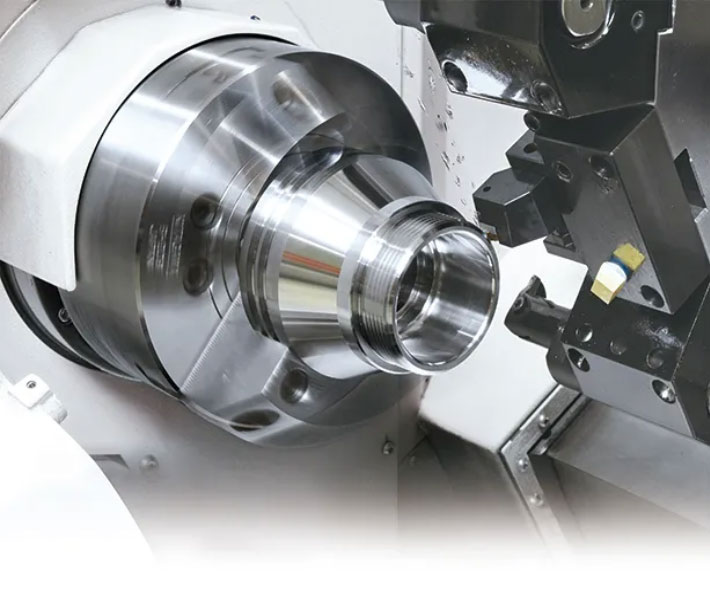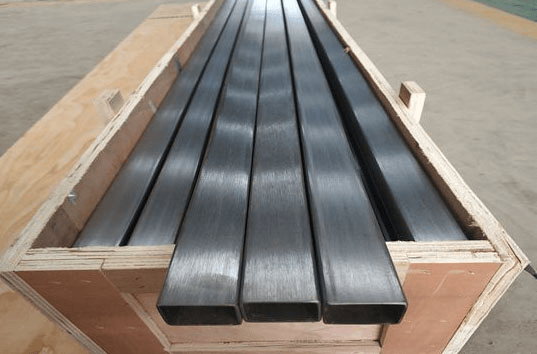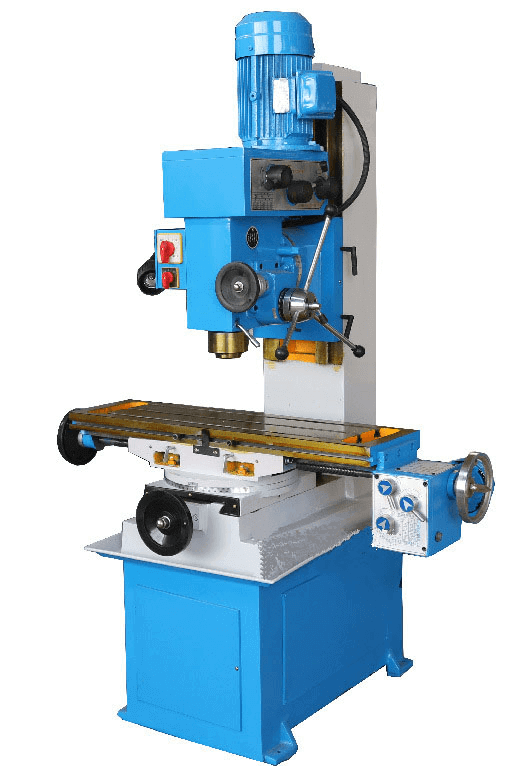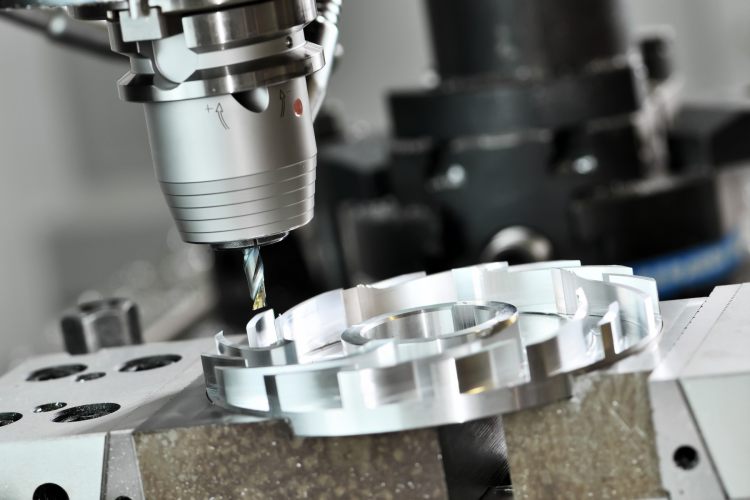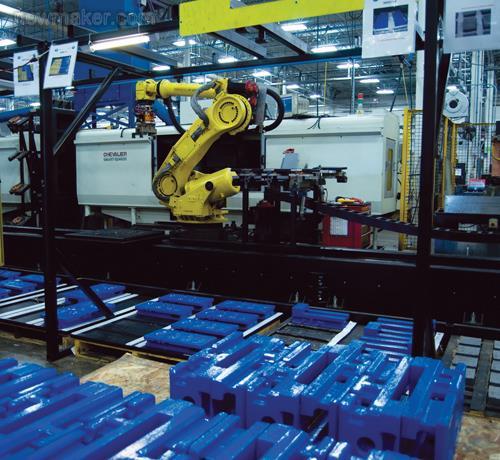In recent years, 5-axis CNC machining centers have been widely used in various fields. Whenever people encounter the problem of efficient and high-quality machining of special-shaped and complex parts, five-axis linkage technology is undoubtedly an important method to solve such problems. More and more manufacturers tend to look for 5-axis equipment to meet high-efficiency, high-quality processing. But do you know enough about 5-axis machining?
Definition of 5-axis machining
To truly understand five-axis machining, the first thing we need to do is to know what a five-axis machine tool is.
Five-axis machine tool (5 Axis Machining), as the name suggests, refers to the addition of two rotary axes to the three common linear axes of X, Y, and Z. The two rotating shafts in the three axes A, B, and C have different movement modes to meet the technical requirements of various products.
In the mechanical design of 5-axis machining centers, machine tool manufacturers have always been relentless in developing new motion modes to meet various requirements. At present, various five-axis machine tools on the market have various mechanical structures, but there are mainly the following forms:

Two rotation coordinates directly control the direction of the tool axis (double swing head form)
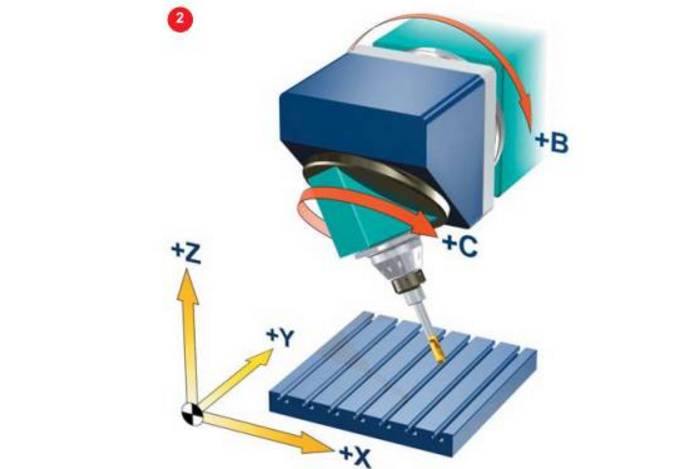
The two coordinate axes are at the top of the tool, but the rotation axis is not perpendicular to the linear axis (vertical swing head type)
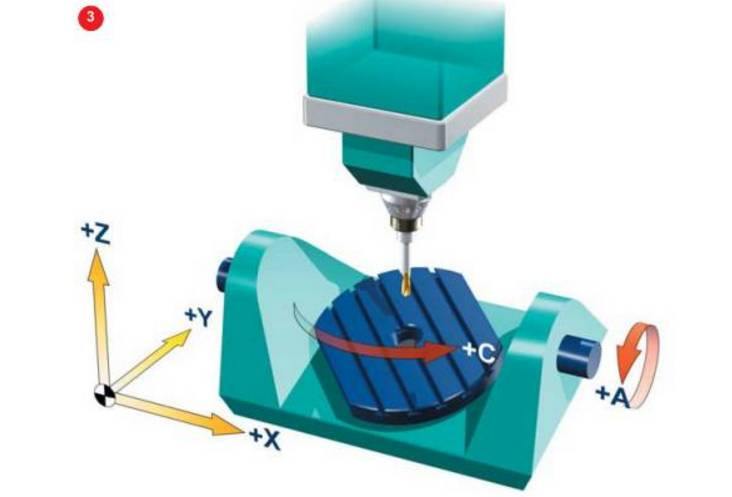
Two rotation coordinates directly control the rotation of the space (dual turntable form)
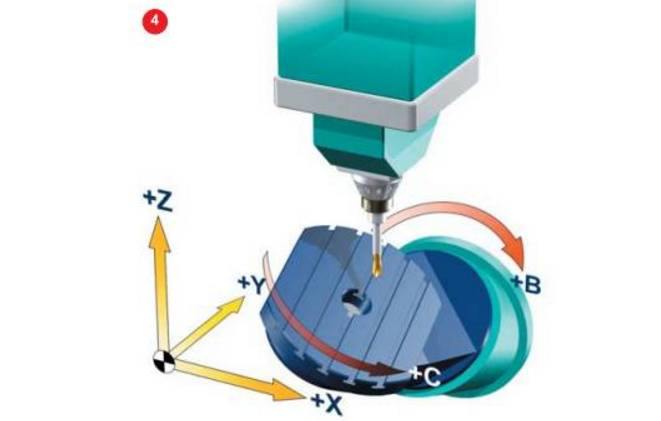
The two coordinate axes are on the table, but the rotation axis is not perpendicular to the linear axis (vertical table)
Having seen the five-axis machine tools with these structures, I believe we should understand what and how the five-axis machine tool is moving. However, with such a diverse machine tool structure, what characteristics can it show during processing? Compared with traditional three-axis machine tools, what are the advantages?
What can 5-axis CNC machining do?
Five-axis is often used to compare with traditional three-axis equipment. Three-axis machining equipment is relatively common in production, and there are several types of CNC machines such as vertical and horizontal. Common processing methods include end mill end cutting and side cutting. The profiling of ball nose knives, etc.
However, no matter which form and method have a common feature, that is, the direction of the tool axis remains unchanged during the machining process, and the machine tool can only realize the Cartesian coordinates of the tool in space through the interpolation of the three linear axes of X, Y, and Z. movement in the system.
Therefore, in the face of the following products, the disadvantages of low efficiency, poor surface quality, and even the inability to process three-axis machine tools are fully exposed. But a 5-axis machine is a better alternative to a 5-axis machine that can do things that 3-axis CNC machining can’t.
Maintain the best cutting condition of the tool
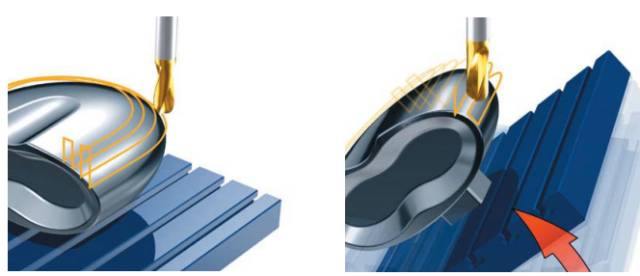
As shown in the figure above, in the three-axis cutting method on the left, when the tool moves to the top of the workpiece edge, the cutting state gradually deteriorates. To maintain the best cutting conditions here, we need to manually rotate the table to better complete the cutting work.
And if we want to machine an irregular plane completely, we have to rotate the table several times in different directions. It can be seen that the five-axis machine tool can also avoid the situation where the linear velocity of the center point of the ball end mill is 0, and obtain better surface quality.
Effectively avoid tool interference

As shown in the figure above, for parts such as impellers, blades, and integral blisks used in the aerospace field, the three-axis equipment cannot meet the process requirements due to interference.
But five-axis machine tools can suffice. At the same time, the five-axis machine tool can also use shorter tools for processing, which improves the rigidity of the system, reduces the number of tools, and avoids the generation of special tools. For our customers, this means that 5-axis machines will save you money when it comes to tool costs!
Shorten the development cycle of new products
For enterprises in aerospace, automobile and other fields, some new product parts and forming molds have complex shapes and high precision requirements.
Therefore, a five-axis CNC machining center with high flexibility, high precision, high integration, and complete processing capabilities can well solve the precision and cycle problems of complex parts processing in the process of new product development, greatly shorten the development cycle, and improve the success of new products. Rate.
To sum up, the five-axis machine tool has many advantages, but the tool attitude control, CNC system, CAM programming, post-processing, and other aspects of the five-axis machine tool are much more complicated than the three-axis machine tool!
At the same time, compared with 3-axis CNC machining, 5-axis machining can also show the details of the part and better control the error range of the part size.
Please try 5-axis CNC machining for your part
Compared with traditional 3-axis machining, 5-axis machining has a higher degree of machining freedom. Therefore, 5-axis machining can become the first choice for CNC machining of precision instruments. However, 3-axis machining has better performance in mass production of conventional flat parts and simple parts.
And due to the development of technology and the fierce competition between CNC machining service providers, the price of 3-axis machining and the price of 5-axis machining is not much different. So you should probably try to start using better machining methods for your parts, to give your parts better accuracy.


